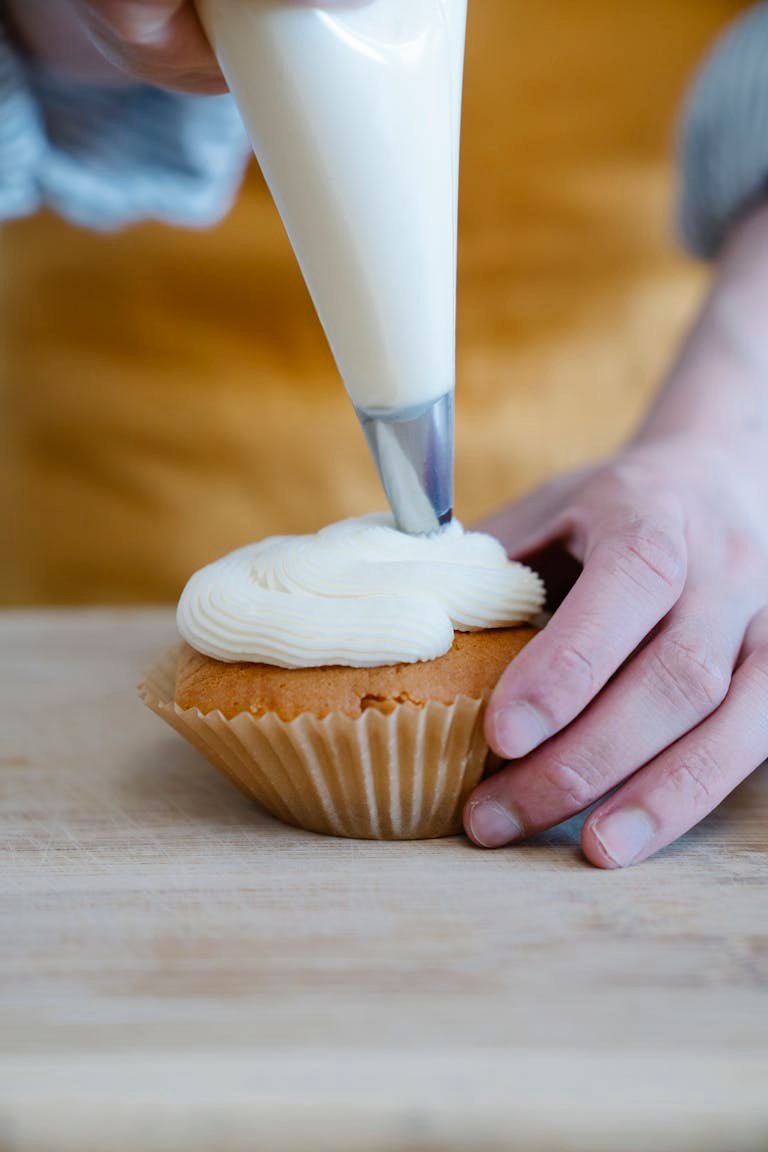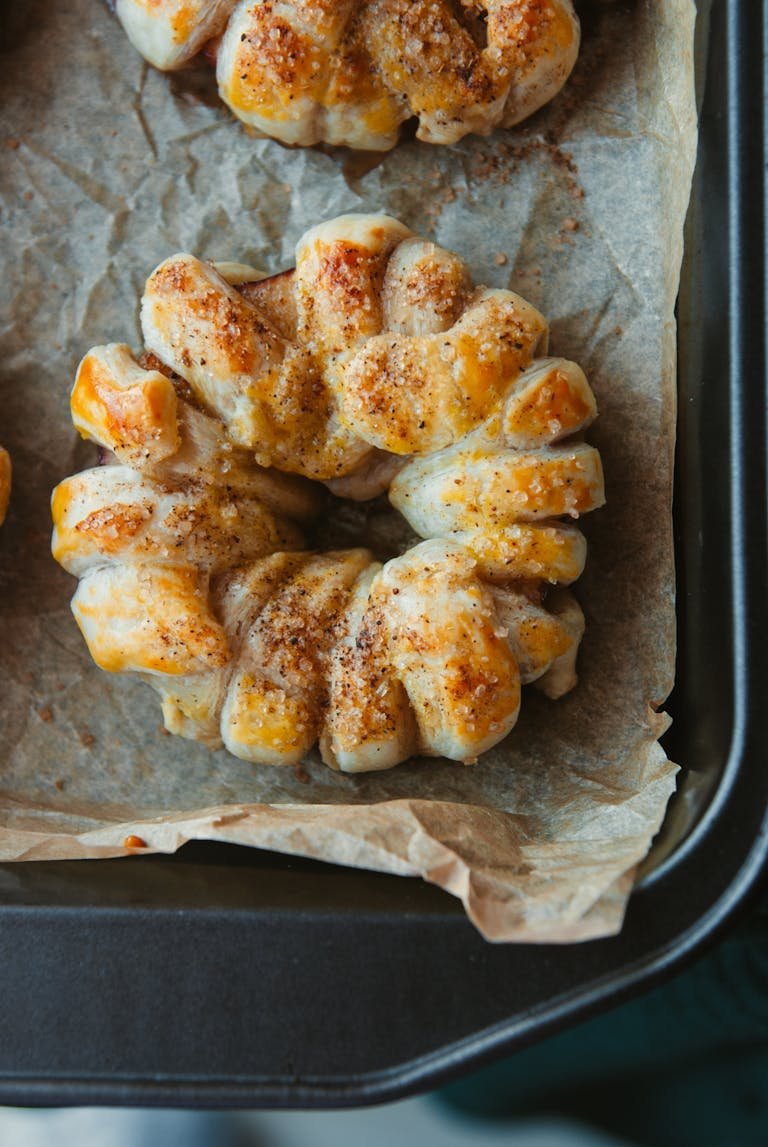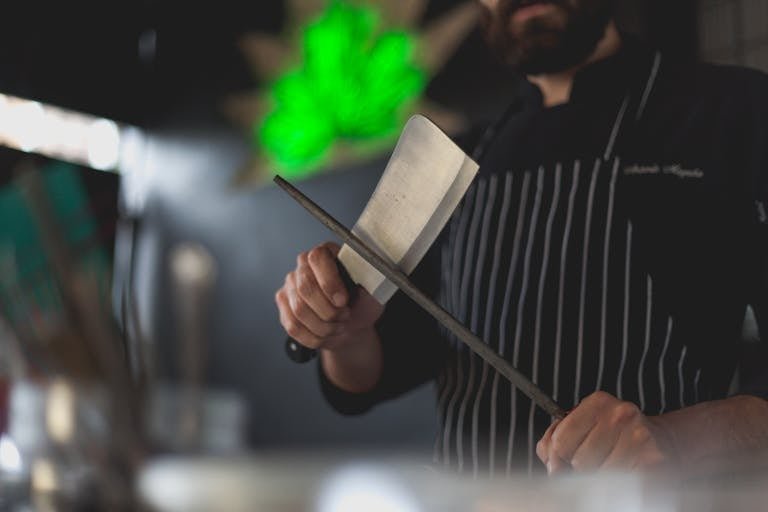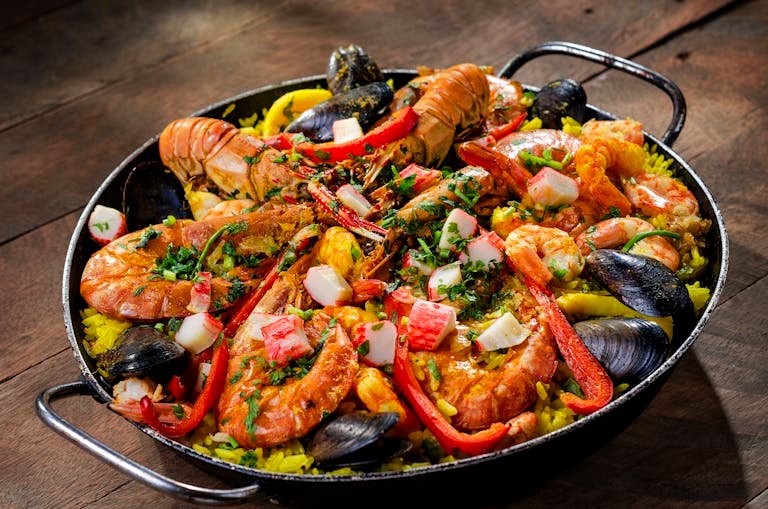10 Best Non-Stick Pans for Everyday Cooking
Discover the best non-stick pans for effortless 30-minute meals. Expert reviews of durable, PFOA-free cookware that makes weeknight cooking a breeze. Find your perfect pan today.

You know that feeling when you’re staring at the clock at 6 PM, wondering how you’ll get dinner on the table? I’ve been there more times than I can count! Did you know that the average person spends 37 minutes cooking dinner? That’s why I’m really excited to share my tips on the best non-stick pans that can help you whip up fantastic meals in 30 minutes or less.
Understanding Non-Stick Pan Technology
I remember my first attempts at cooking with a cheap non-stick pan – what a mess! The “non-stick” surface failed after just two months, and I ended up with more scrambled eggs stuck to the pan than on my plate. Since then, I’ve learned a lot about non-stick technology, and wow, has it improved!
Today’s non-stick pans usually come with one of three coatings: traditional PTFE (like Teflon), ceramic, or hard-anodized aluminum. Each has its advantages and disadvantages. I’ve found that ceramic coatings are great for high-heat cooking, while PTFE-coated pans excel with delicate foods like eggs and fish.
The latest innovations in non-stick technology are truly impressive. Some manufacturers are using diamond-infused coatings, while others have created multi-layer systems that can withstand metal utensils. My friend Sarah was amazed when I showed her how my new diamond-coated pan could handle her metal fish slice without a scratch!
For safety, all my recommended pans are PFOA-free. While they might be a bit pricier than basic options, they’re worth every cent for the peace of mind they provide.
What are the Best Non-Stick Pans for 2025?
Let me share something a bit embarrassing – I once dropped $200 on a fancy non-stick pan that struggled with basic eggs! After trying out dozens of pans and whipping up hundreds of meals, here’s my genuine take on the best options for quick cooking.
Our Top 10 Non-Stick Pans for Quick Cooking
| Pan Name | Size | Coating Type | Induction Compatible | Heat Resistance | Price Range | Warranty |
|---|---|---|---|---|---|---|
| All-Clad HA1 | 12″ | Hard-anodized | Yes | 500°F/260°C | $$$ | Lifetime |
| GreenPan Valencia Pro | 10″ | Ceramic | Yes | 600°F/315°C | $$ | Limited Lifetime |
| Anolon Advanced | 12″ | PTFE | No | 400°F/204°C | $$ | Lifetime |
| OXO Good Grips | 10″ | Ceramic | Yes | 430°F/221°C | $ | 2 Years |
| Scanpan CTX | 11″ | PTFE | Yes | 500°F/260°C | $$$ | Lifetime |
| Made In Cookware | 10″ | PTFE | Yes | 500°F/260°C | $$$ | Lifetime |
| Calphalon Premier | 12″ | Hard-anodized | Yes | 450°F/232°C | $$ | Lifetime |
| Zwilling Madura Plus | 11″ | DuraSlide | Yes | 400°F/204°C | $$ | Lifetime |
| HexClad Hybrid | 12″ | Hybrid | Yes | 500°F/260°C | $$$ | Lifetime |
| T-fal Professional | 12″ | PTFE | Yes | 400°F/204°C | $ | Limited Lifetime |
1. All-Clad HA1 (Best Overall)
I’ve been using this pan every day for the past year, and wow, it’s fantastic! The heavy-gauge hard-anodized construction ensures it heats evenly and holds temperature exceptionally well.
Pros:
- Outstanding heat distribution
- Durable non-stick coating
- Ergonomic stainless steel handle
- Oven safe up to 260°C/500°F
Cons:
- A bit heavy (3.8 pounds)
- Higher price point
Best For: Versatile cooking, particularly for high-heat searing and everyday use.
2. GreenPan Valencia Pro (Best Ceramic Option)
After hearing my mother-in-law rave about ceramic pans, I decided to give this one a shot. The Thermolon coating is truly impressive and completely non-toxic.
Pros:
- Outstanding heat resistance
- PFOA-free ceramic coating
- Lightweight design
- Compatible with all stovetops
Cons:
- Needs careful maintenance
- Coating may wear out quicker than PTFE
Best For: Health-conscious cooks and high-heat cooking.
3. Anolon Advanced (Best Value)
This was my first real non-stick pan, and it has held up remarkably well after countless meals.
Pros:
- Triple-layer non-stick coating
- Comfortable silicone handle
- Great durability for the price
- Even heating
Cons:
- Not compatible with induction cooktops
- Handle can get warm with prolonged use
Best For: Home cooks who want durability without spending a fortune.
4. OXO Good Grips (Best Budget)
Ideal for newcomers – I got this for my nephew’s first apartment, and he keeps expressing his gratitude!
Pros:
- German-engineered coating
- Comfortable handle
- Great value
- Dishwasher safe
Cons
- Lighter construction
- Shorter lifespan compared to premium options
Best For: Beginners, students, or casual cooks.
5. Scanpan CTX (Best Premium)
The price gave me pause, but the performance is exceptional. It’s especially great for high-heat searing.
Pros:
- Stratanium non-stick coating
- Safe for metal utensils
- Professional-grade build
- Outstanding heat retention
Cons:
- Quite pricey
- On the heavier side
Best For: Dedicated home cooks and semi-professional use.
6. Made In Cookware (Best American-Made)
A new player in the market that’s challenging well-known brands.
Pros:
- 5-ply construction
- Excellent heat control
- Manufactured in the USA
- Restaurant-quality performance
Cons:
- Limited size options
- Availability can be an issue
Best For: Home cooks who value American-made cookware.
7. Calphalon Premier (Best for Durability)
The three-layer non-stick surface has withstood my daily cooking for more than two years with very little wear.
Pro
- Triple-layer non-stick
- Outstanding heat distribution
- Safe for metal utensils
- Dishwasher safe
Cons:
- Handle can become hot
- Heavier than other options
Best For: Regular cooks who value durability.
8. Zwilling Madura Plus (Best European Design)
Experience the pinnacle of German engineering with the DuraSlide coating, which revolutionizes low-fat cooking.
Pros:
- Innovative coating technology
- Outstanding temperature control
- Ergonomic handle
- Scratch-resistant surface
Cons:
- Narrow size options
- Not ideal for high-heat cooking
Best For: Health-conscious chefs who favor European brands.
9. HexClad Hybrid (Most Innovative)
The laser-etched hexagonal pattern serves a purpose beyond aesthetics – it truly enhances browning while preserving non-stick qualities.
Pros:
- Innovative hybrid technology
- Outstanding searing performance
- Safe for metal utensils
- Dishwasher safe
Cons:
- Requires a learning curve for best results
- Higher price point
Best For: Cooks who are comfortable with technology and desire the advantages of both non-stick and stainless steel cookware.
10. T-fal Professional (Best for Beginners)
The Thermo-Spot heat indicator is perfect for novices – it takes the guesswork out of knowing when the pan is ready!
Pros:
- Heat indicator technology
- Budget-friendly price
- Durable for its category
- Dishwasher safe
Cons:
- Simple construction
- Not as long-lasting as higher-end options
Best For: Beginners or anyone looking to save money.
What Makes a Non-Stick Pan Perfect for 30-Minute Meals?
I remember the time I attempted to whip up a quick stir-fry in a pan that just wouldn’t heat up properly—what should have been a 30-minute meal turned into an hour of fiddling with the heat! Having the right non-stick pan can truly transform your quick cooking experience.
Here are the key features to look for:
- Even heat distribution (essential for fast, uniform cooking)
- Responsive temperature control
- Lightweight design for easy handling
- Durable coating that can withstand daily use
In my experience, a pan that weighs between 2-3 pounds strikes the perfect balance for easy maneuverability while still retaining heat effectively. My current favorite is the All-Clad HA1, which perfectly combines all these features.
How to Choose the Right Non-Stick Pan for Your Kitchen?
After spending hundreds of pounds on various pans over the years (don’t tell my husband!), I’ve realized that selecting the right non-stick pan isn’t just about going for the priciest option. Let me share a little kitchen disaster – I once purchased a beautiful premium pan that turned out to be completely unsuitable for my induction hob. What a hassle that was!
Budget Considerations
You don’t have to spend a fortune to find a quality non-stick pan. I’ve discovered fantastic choices in every price range:
- What’s the best non-stick pan for a tight budget? The OXO Good Grips Non-Stick Pro is a real steal.
- Mid-range: GreenPan Valencia Pro provides excellent value.
- Premium: All-Clad HA1 is worth every penny if your budget allows.
Matching Your Cooking Style
This is where I made my biggest blunder when I first started, I bought a lightweight pan that was great for omelettes when I actually needed something more robust for high-heat stir-frying! Consider the following:
- For quick stir-fries: Opt for pans with deep sides and heat resistance.
- For eggs and crepes: Lighter pans with sloped sides are ideal.
- For searing and sauce-based dishes: Choose pans with higher sides and lids.
Stovetop Compatibility
Here’s a quick compatibility guide based on my kitchen experiences:
- What’s the best non-stick pan for induction? Look for pans with magnetic bases
- What’s the best non-stick pan for gas stoves? Any pan will do, but heavier bases help prevent hot spots
- What’s the best non-stick pan for electric stoves? Medium-weight pans with flat bottoms work best
- What’s the best non-stick pan for Ceramic? Similar to electric, but be cautious with heavy pans to avoid sliding
What’s the Best Way to Clean Non-Stick Pans?
I’ve learned a lot about taking care of pans through my own experiences! Remember my friend Sarah? She managed to keep her grandmother’s non-stick pan in great shape for 5 years. Here are some tips that I’ve found to be the most effective:
How do you maintain a non-stick pan?
- Always let the pan cool down before you start cleaning it (I learned this the hard way after I warped my first good pan!)
- Use warm, soapy water along with a soft sponge.
- If there are stubborn bits stuck on, soak the pan in warm water for about 10 minutes.
- Avoid using steel wool or any abrasive cleaners.
- Hand wash only (even if they’re dishwasher-safe)
- Use silicone or wooden utensils
- Avoid cooking sprays
- Store properly between uses.
How do you store non-stick pans?
I’ve finally organized my kitchen drawers like a responsible adult:
- If possible, hang your pans (this is the best way to ensure they last longer).
- Use pan protectors when stacking pans to prevent scratches.
- Store lids separately to avoid any damage.
- Keep everything in a dry cupboard, away from heat sources.
How often should you replace non-stick pans?
I believe in making things last, but there comes a time when you need to let go. Keep an eye out for:
- Visible scratches or peeling on the surface.
- Food starting to stick, even when you use oil properly.
- A warped bottom (you can check this by placing it on a flat surface).
- Discoloration that just won’t come off.
Are non-stick pans safe?
This is the question I hear most frequently! Modern non-stick coatings are safe when used correctly:
- Keep temperatures below 260°C (500°F)
- Replace pans at the first signs of coating damage
- Opt for PFOA-free options for added peace of mind
What should you not do with non-stick pans?
Let’s talk about some common mistakes (trust me, I’ve made them all!):
- Don’t preheat an empty pan
- Use medium heat most of the time
- Add a small amount of oil or butter
- Allow frozen foods to thaw before cooking
Expert Tips for 30-Minute Meals with Non-Stick Pans
Let’s dive into the essentials of quick cooking! These tips have saved my dinner plans more times than I can count:
Should non-stick pans be preheated?
The key to fast cooking is managing the heat effectively:
- Start with medium heat
- Adjust based on how the food sizzles
- Try the palm test (hold your hand 6 inches above the pan – it should feel uncomfortable after 4-5 seconds)
Do non-stick pans need oil?
When it comes to non-stick pans, less is definitely more:
- 1 tablespoon is enough for a 12-inch pan
- Opt for oils with higher smoke points (I personally prefer rapeseed oil)
- Add oil when the pan is cold or just warm
Time-Saving Techniques
Here are some of my favorite shortcuts:
- Preheat the pan while you prep your ingredients
- Use lids to help speed up the cooking process
- Cut ingredients into uniform sizes for even cooking
- Clean as you go (it makes post-dinner cleanup so much easier!).
Making the Most of Your Non-Stick Pan Investment
We’ve taken quite a journey through the world of non-stick pans! From my kitchen mishaps to discovering the ideal pan for those busy weeknight dinners, I hope this guide helps you find the right fit for your cooking style.
Keep in mind, a good non-stick pan is more than just an upfront cost – it’s about the many hassle-free meals you’ll whip up in 30 minutes or less. Whether you’re tossing together a quick pasta or searing chicken for a stir-fry, the right pan will be your best friend in the kitchen.
Feel free to share your own non-stick pan stories in the comments – I’d love to hear what works for you! And if you’re still unsure about which pan to pick, try one of my top recommendations. Your future self (and your taste buds) will be grateful!






